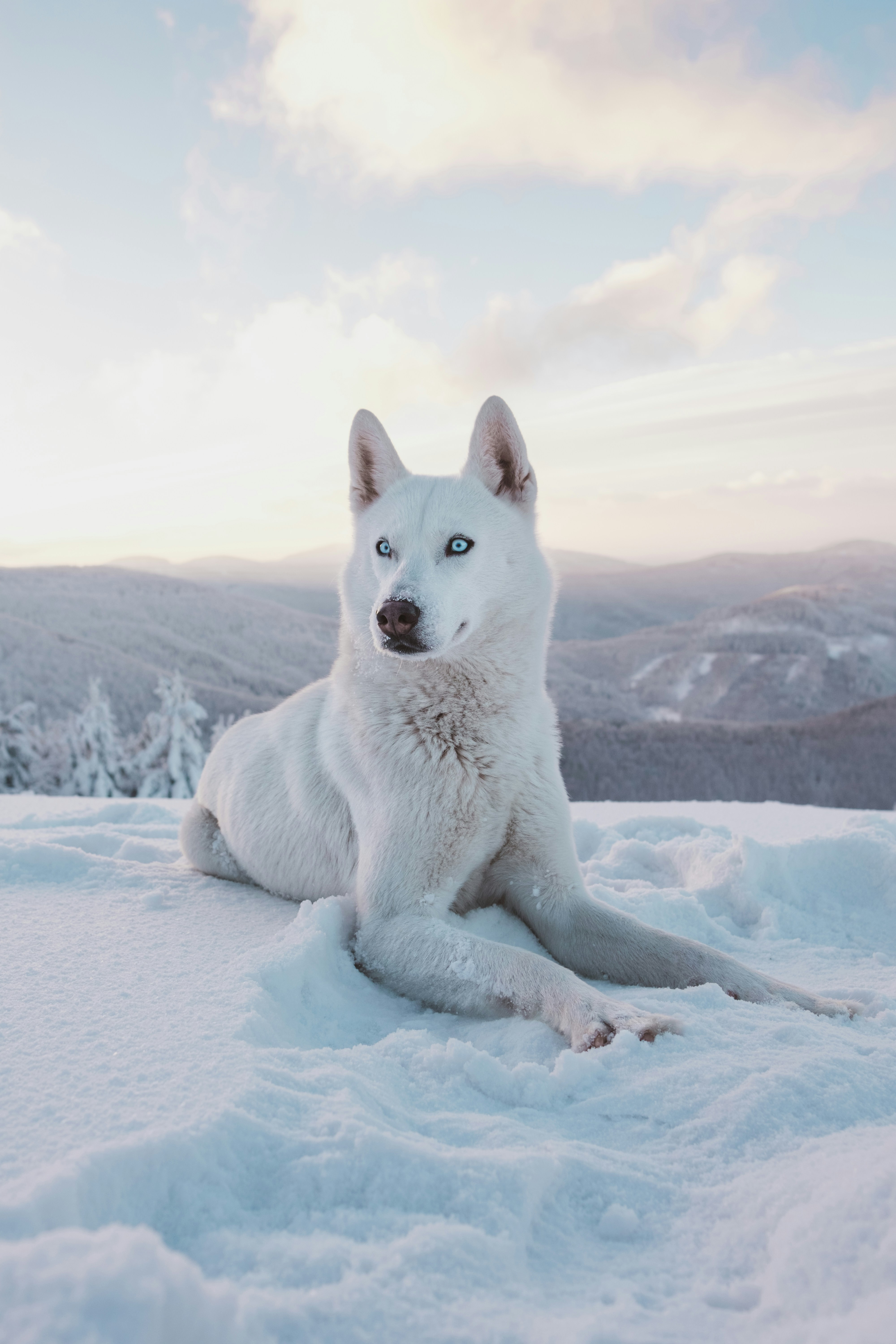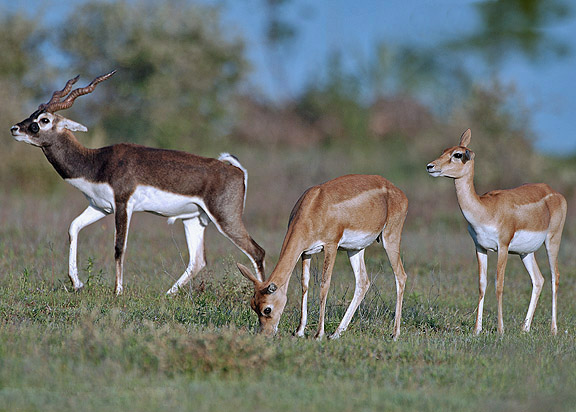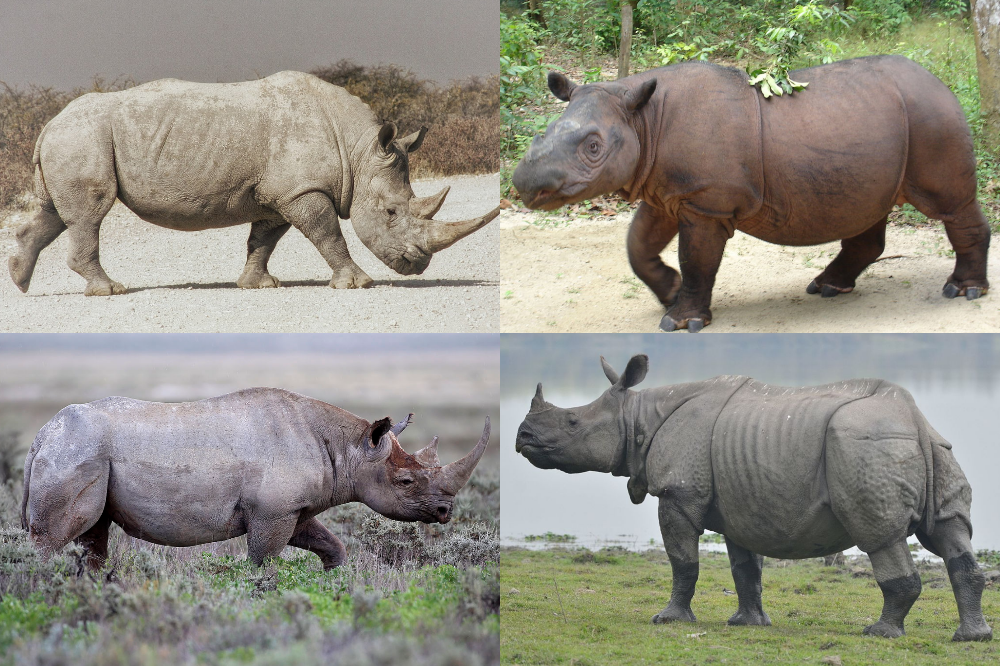
About Wolf
Gray wolves (Canis lupus) inhabit forests, tundra, mountains and grasslands across the Northern Hemisphere. They live in family groups known as packs, cooperating to hunt deer, elk and other ungulates. Wolves communicate using body language, scent, and a range of vocalizations, including howls that help coordinate movement and defend territory.
Pack structure typically includes a breeding pair and offspring from multiple years, with cooperative pup‑rearing and food sharing. Wolves play a keystone role by influencing prey behavior and vegetation—famously documented in Yellowstone after reintroduction. Major threats include habitat fragmentation, conflict with livestock, and illegal killing; coexistence strategies and science‑based management are essential.
Use our Animal Facts Worksheet to guide student research, or Animal Bingo Cards for review. For image references and quick facts, try the Random Animal Generator.
Interesting Facts
- •Wolves can travel 20–30 km per day while patrolling or hunting.
- •Howling helps coordinate packs over long distances.
- •Reintroductions can trigger trophic cascades that reshape ecosystems.



